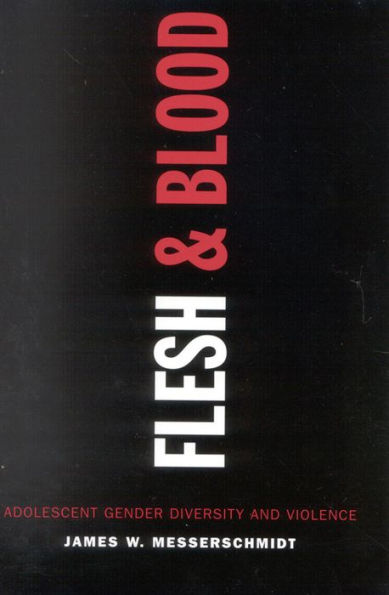5
1
9780742541641



Flesh and Blood: Adolescent Gender Diversity and Violence / Edition 1 available in Paperback

Flesh and Blood: Adolescent Gender Diversity and Violence / Edition 1
- ISBN-10:
- 0742541649
- ISBN-13:
- 9780742541641
- Pub. Date:
- 09/24/2004
- Publisher:
- Rowman & Littlefield Publishers, Inc.
- ISBN-10:
- 0742541649
- ISBN-13:
- 9780742541641
- Pub. Date:
- 09/24/2004
- Publisher:
- Rowman & Littlefield Publishers, Inc.

Flesh and Blood: Adolescent Gender Diversity and Violence / Edition 1
$40.0
40.0
In Stock

Product Details
| ISBN-13: | 9780742541641 |
|---|---|
| Publisher: | Rowman & Littlefield Publishers, Inc. |
| Publication date: | 09/24/2004 |
| Edition description: | New Edition |
| Pages: | 184 |
| Product dimensions: | 6.05(w) x 9.08(h) x 0.53(d) |
About the Author
What People are Saying About This
From the B&N Reads Blog

